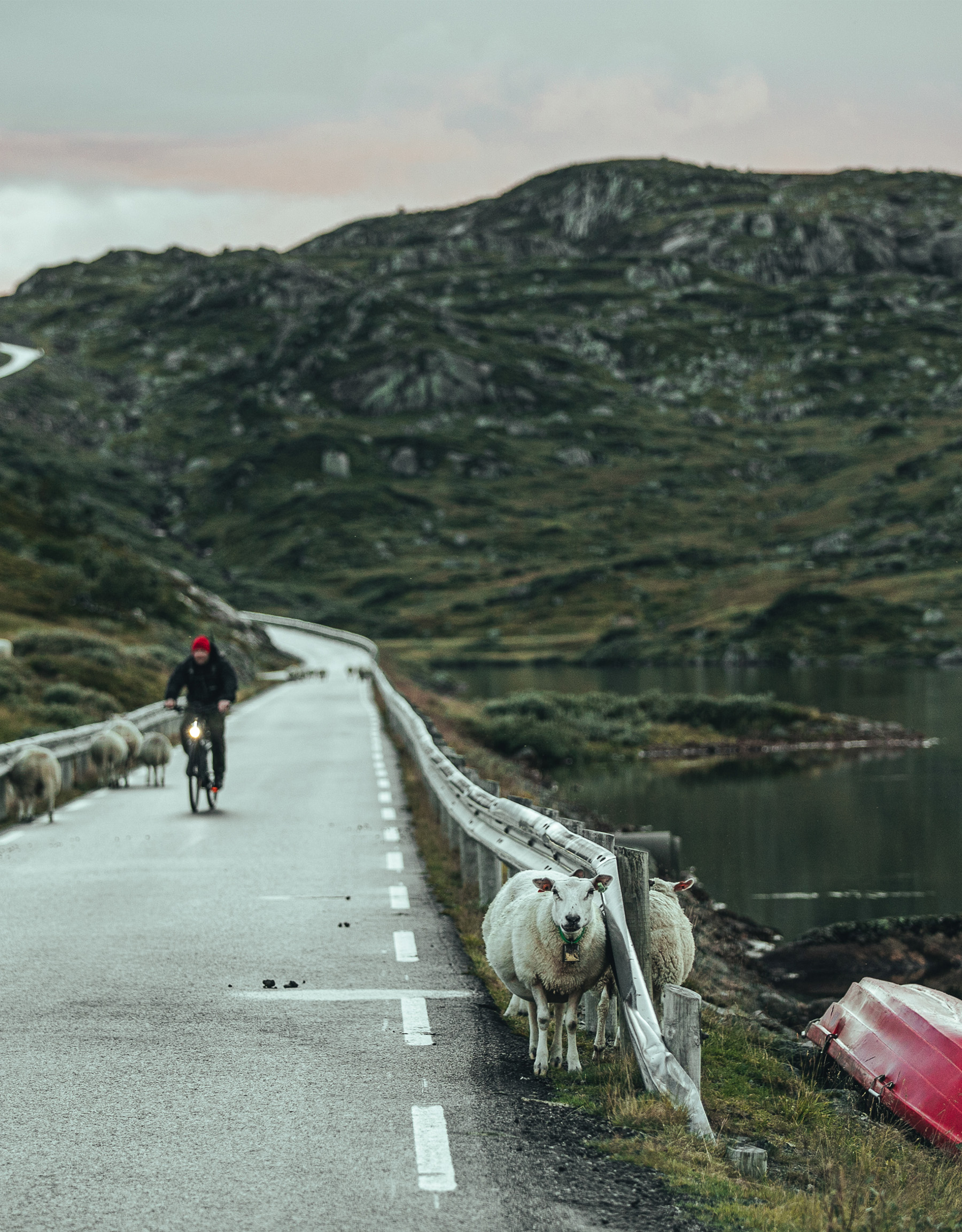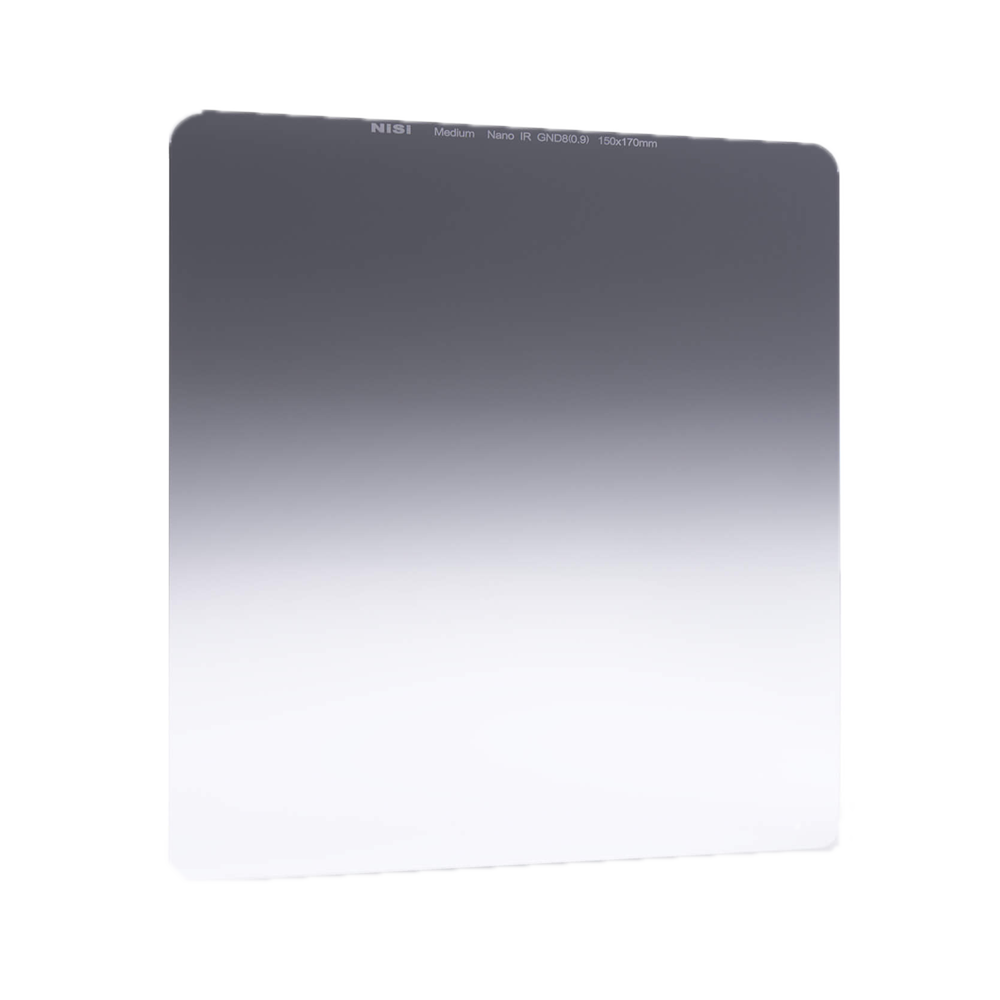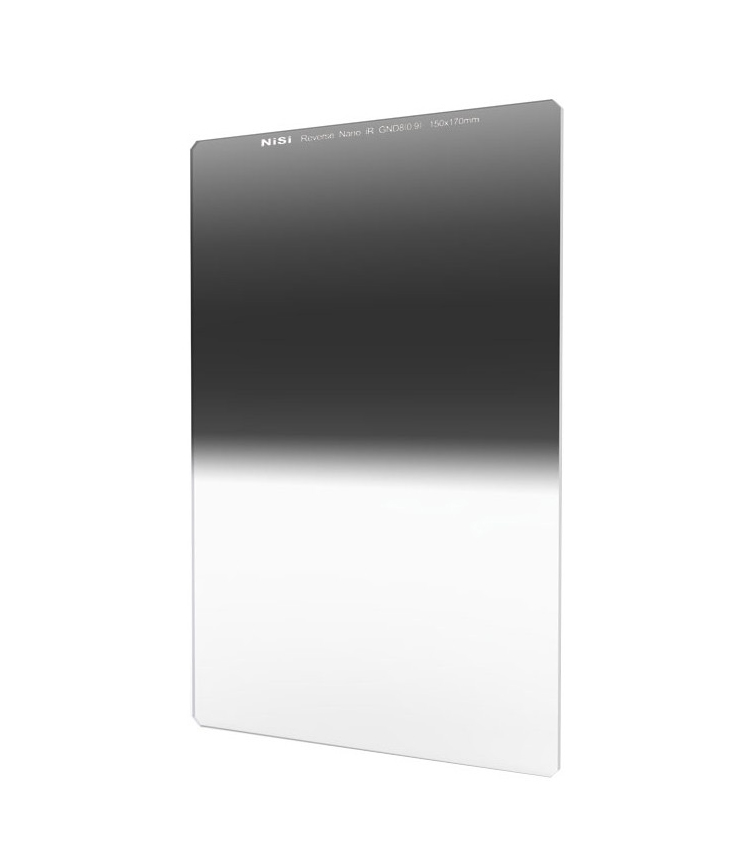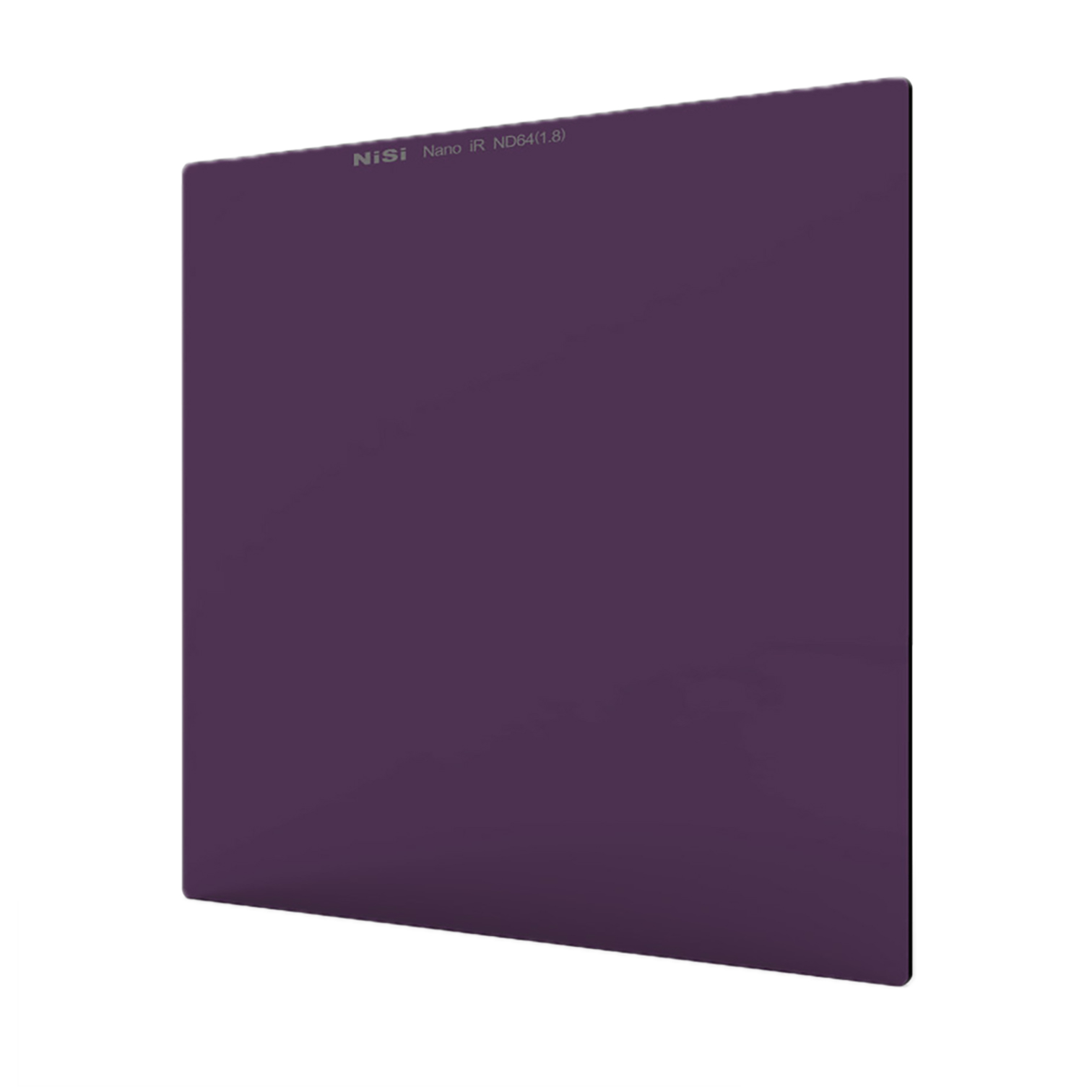Our 3-week photo road trip through Norway—the land of fjords, forests, waterfalls, and lakes—was the perfect opportunity to test my new NiSi filter system and discover countless stunning photo spots. If you love dramatic lighting, breathtaking landscapes, and sheep, this is the place to be! ;-D
Norway’s scenery is already spectacular, but with the right filters, you can make your images even more stunning!
When traveling, I always try to keep my gear as lightweight as possible, so I was immediately impressed by the compactness and lightness of the NiSi filters and adapter ring. Plus, everything is neatly packed in a small, protective pouch that can be easily attached to a tripod with a Velcro strap—keeping all essentials within reach and right next to the camera.
I love capturing long exposures of water and playing with dramatic lighting—something Norway offers in abundance due to its constantly changing weather. Both of these creative techniques are easily achieved with a filter set consisting of graduated ND filters and neutral density (ND) filters.
Packed in my gear:
The V7 holder with a polarizing filter was almost permanently on my camera—especially on my wide-angle lens (Canon 16-35mm f/2.8)—which turned out to be super practical and saved me from constantly mounting and switching filters. The polarizer enhances dynamics and contrast in my images, creating a striking effect, particularly in nature and landscape photography. With a polarizing filter, you can effortlessly add more vibrancy to your shots!
By reducing reflections, the filter makes everything appear clearer. At the same time, it enhances colors—especially noticeable in landscape photography with deeper blues and richer greens. But what else can it do?
• Intensifies colors, especially the sky, and makes rainbows more visible
• Reduces reflections (on glass, car paint, metallic surfaces, etc.) and minimizes glare on water, allowing you to see beneath the surface
• Makes foliage appear richer and more saturated in nature shots
• Improves contrast in landscape images
• Reduces haze or fog for clearer scenery
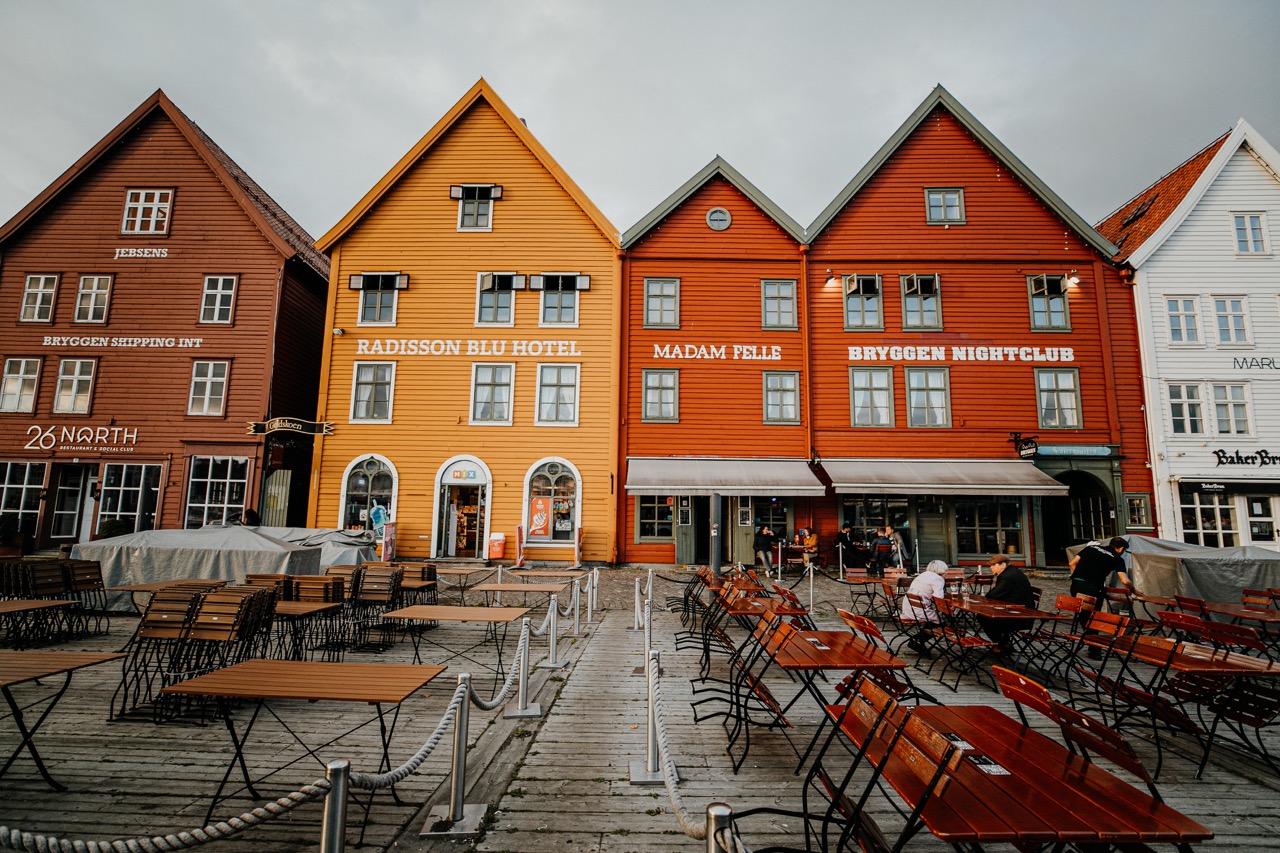
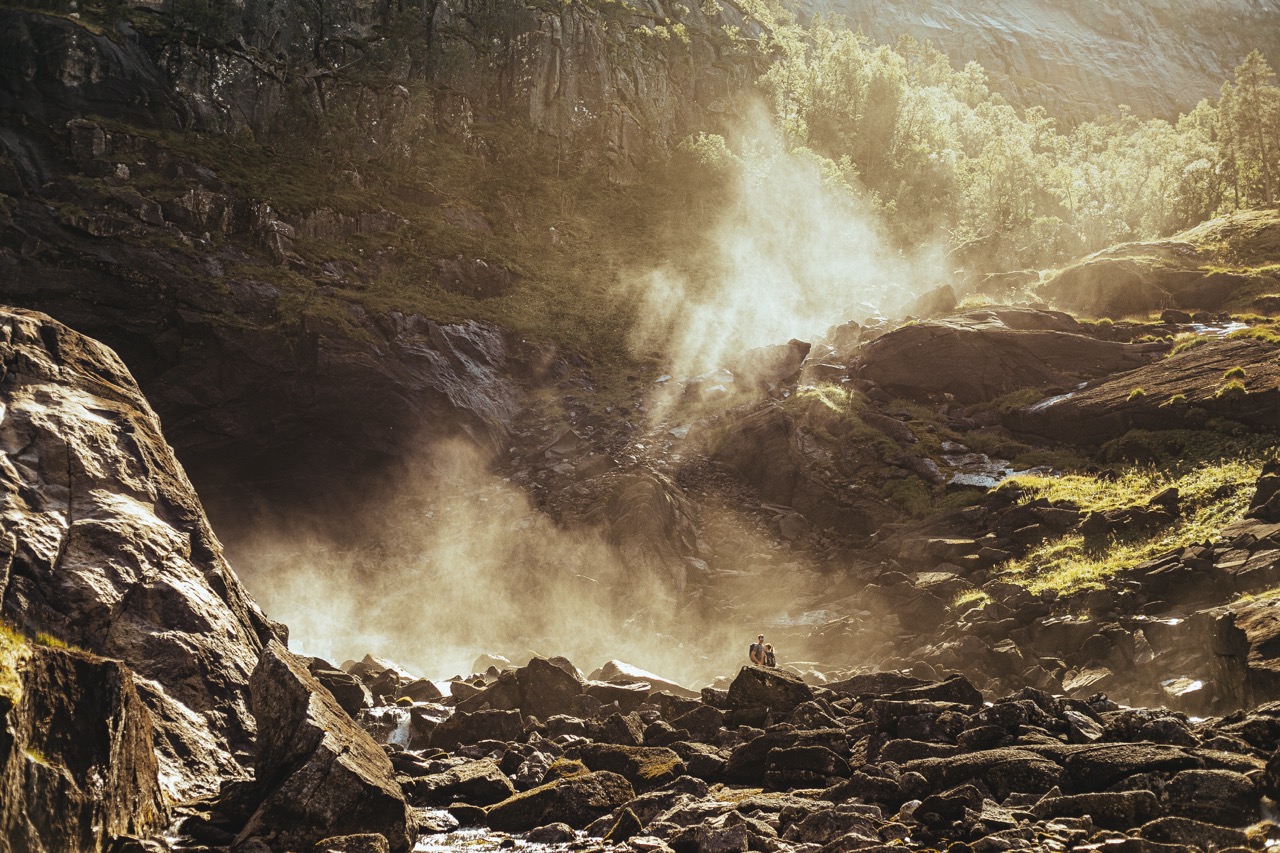
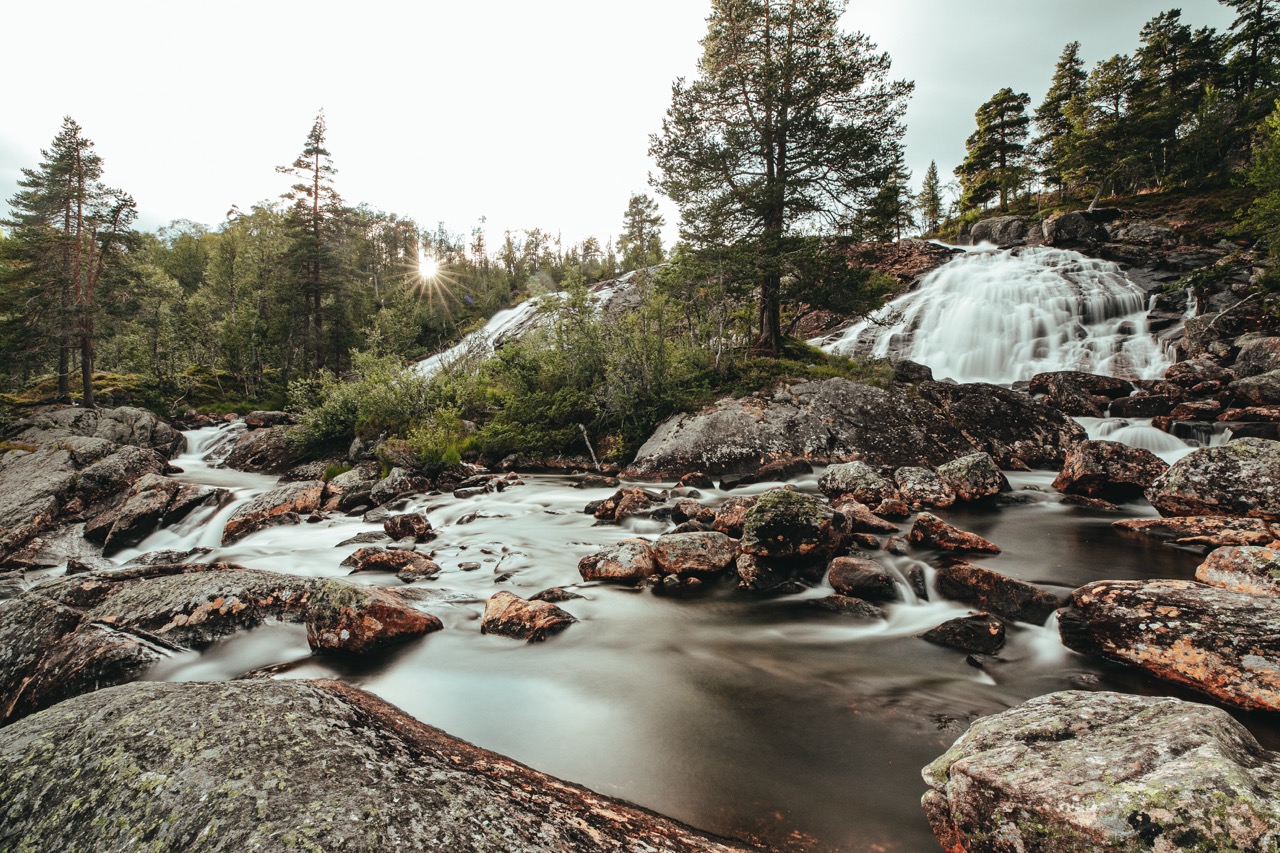
On overcast days, the various shades of green in nature often look very similar. A polarizing filter helps bring out more vibrant colors. The NiSi polarizer can be adjusted using a small dial on the adapter ring until you reach the desired intensity—highly recommended! Since Norway’s weather can change from one minute to the next, having flexible equipment is a huge advantage.
With ever-changing conditions ranging from rainbows and mist to stunning sunsets, the polarizing filter was in constant use. Since it was already mounted on my lens, I saved precious time—ensuring I never missed a rainbow. In between, we stopped at countless waterfalls and hiked along rushing streams, where my ND filters came into play for long exposures.
Depending on the light and weather conditions, I used the ND1000 for bright sunshine and the ND64 for cloudy situations. The results were stunning—especially in terms of color rendering. Long exposures, which involve several seconds to minutes of exposure time, create beautiful motion blur effects. A waterfall is the perfect subject to experiment with: the water takes on a misty, silky appearance, while moving clouds add dynamic energy to the shot.
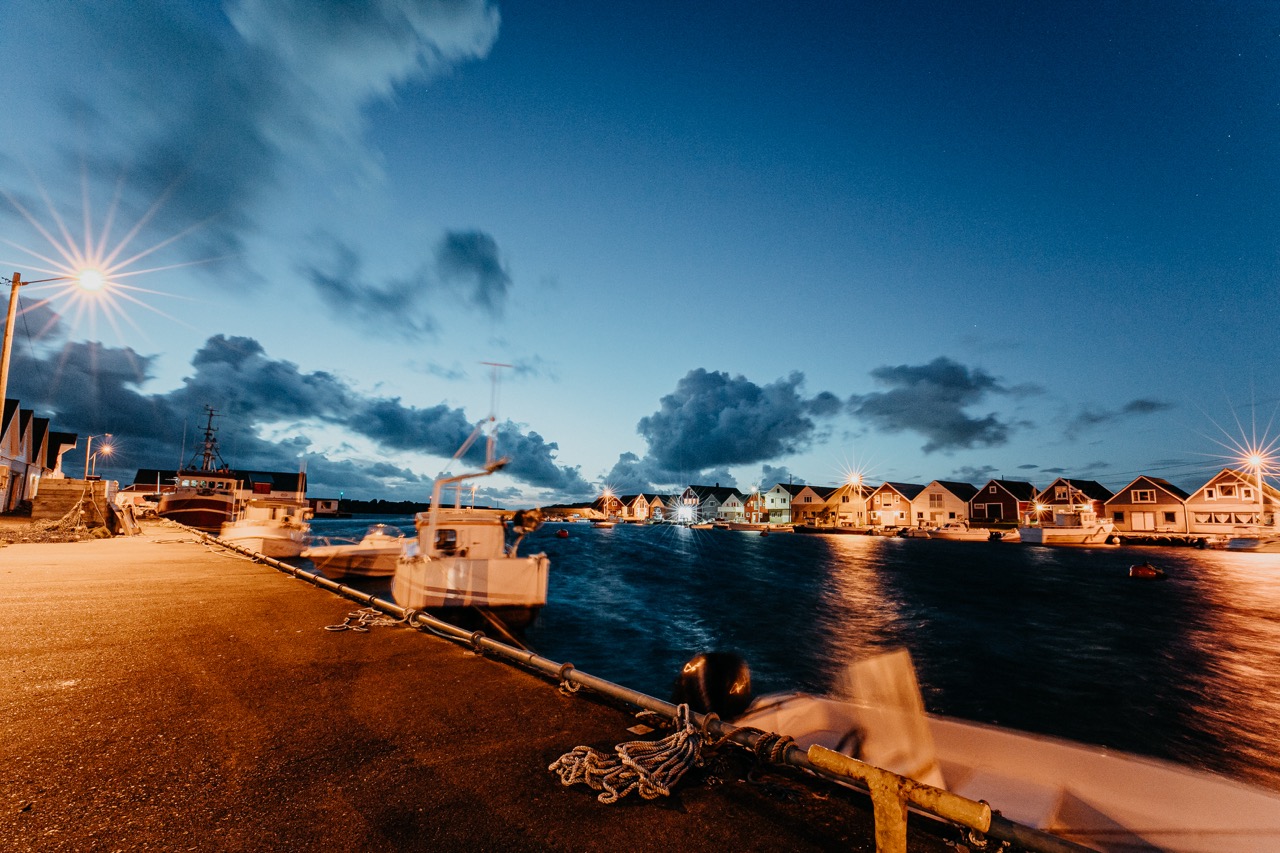
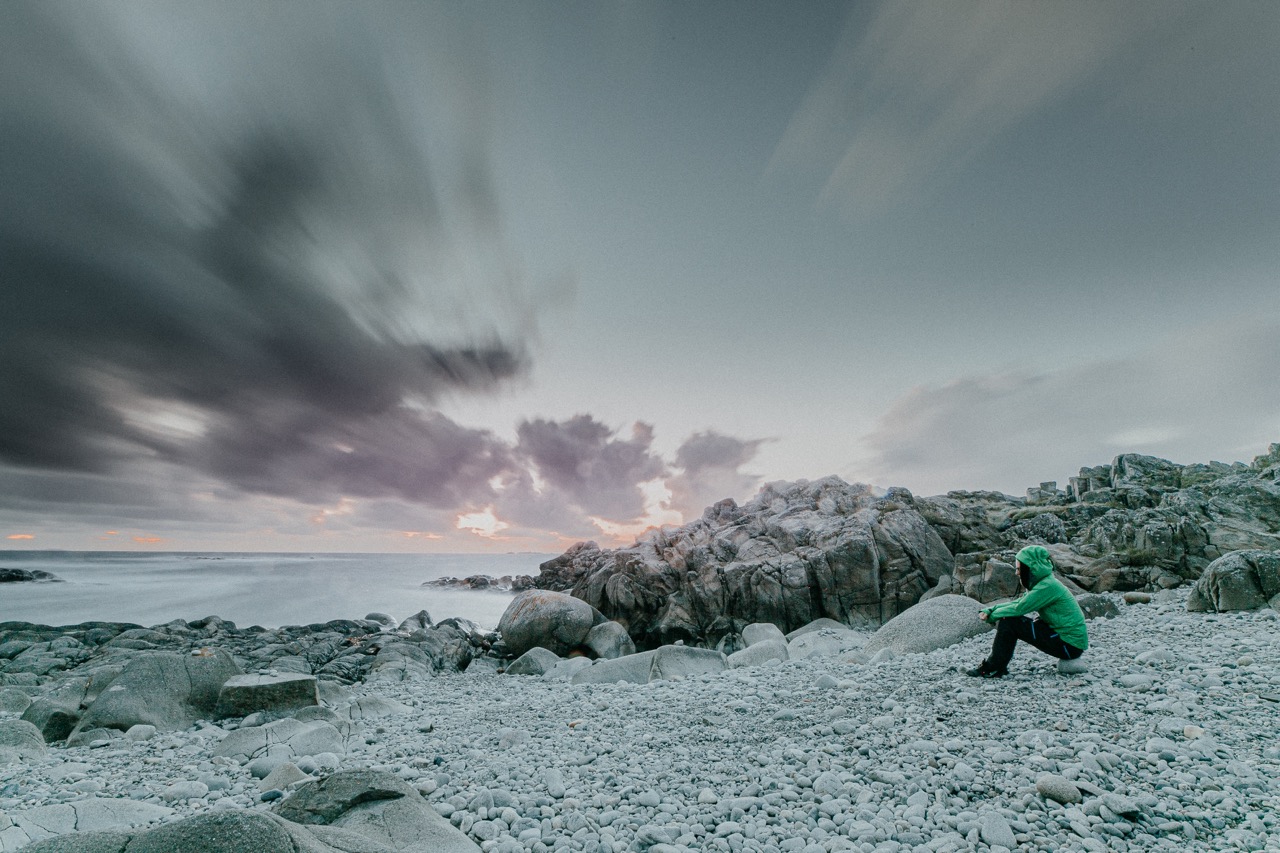
What’s also worth noting for long-exposure travel photography: on crowded sightseeing spots, you can easily remove crowds by using long exposures. Thankfully, in Norway, we rarely encountered large crowds but we did come across plenty of adorable sheep herds on the roads! ;-)
As a third tip, I recommend using a graduated ND filter in landscape photography. This helps ensure even exposure for subjects with strong brightness contrasts, like the sky, avoiding overexposure or underexposure in your image. While using a square filter may require a few extra steps compared to a screw-on filter, the NiSi adapter ring made the process seamless. The quality of both ND filters really impressed me.
There was no purple or magenta color cast. No vignetting. Reflections were minimized. High flexibility: With a slight vertical shift (up or down), the gradient of the filter can be perfectly adjusted to the subject or horizon—especially useful when your camera is already set up on a tripod.
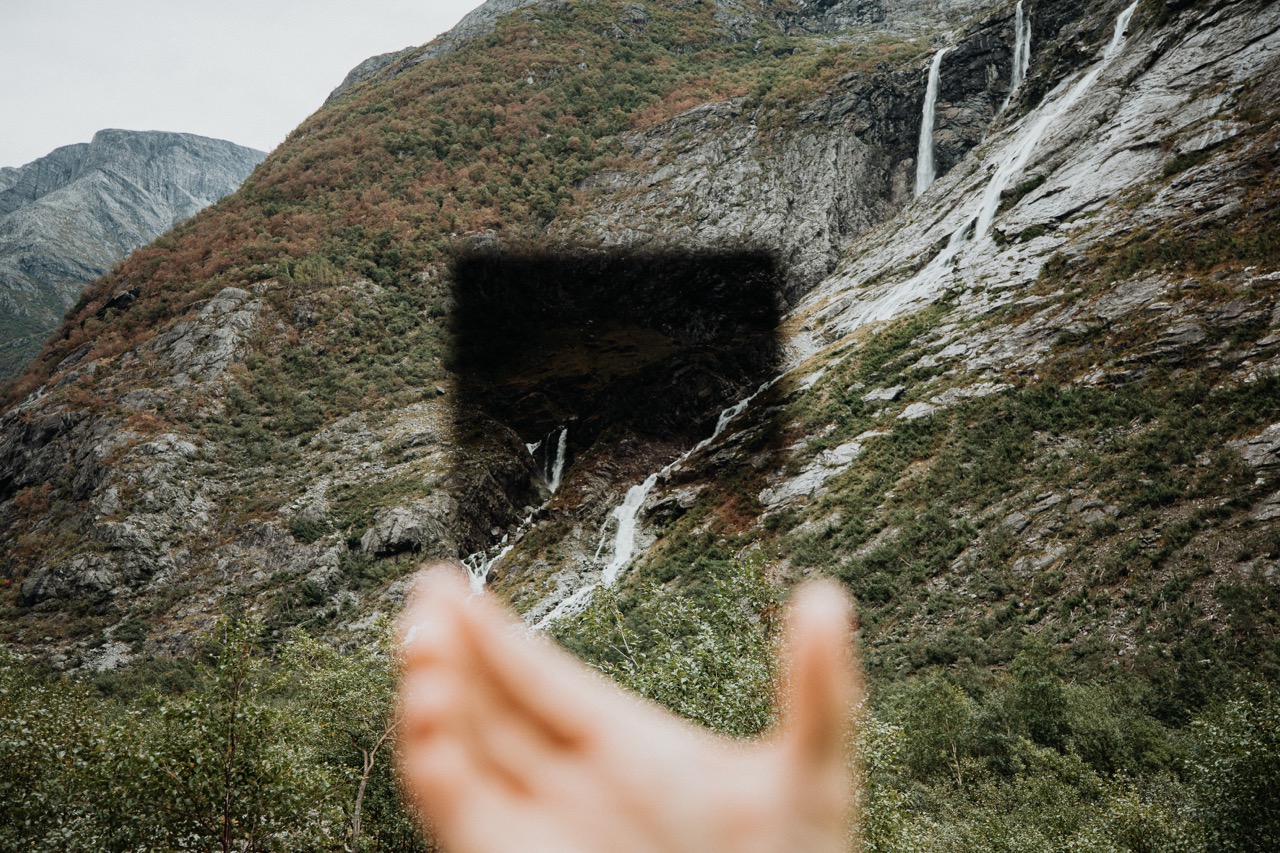
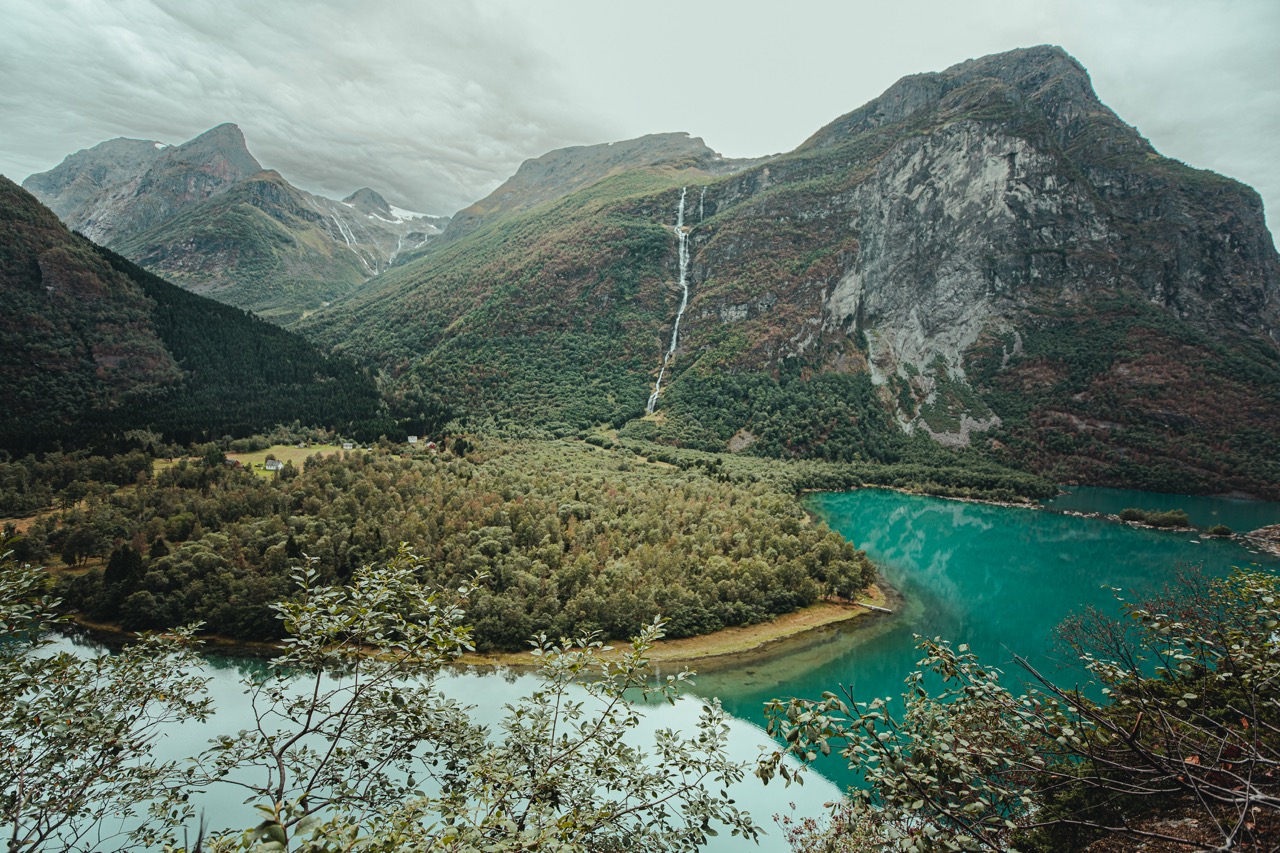
The "rule of thirds" in composition can be easily implemented with the NiSi system—unlike screw-on filters, which are typically uniformly colored. Conclusion: I’ve become a huge fan of the square filter system! Insertion is super easy, and it saves time because the adapter ring was almost always on my lens. The square system is especially suitable for my wide-angle lenses and full-frame lenses with large diameters.
Flexibility: All filters can be combined without issues, and there’s virtually no vignetting. And the best part? You only need one filter holder for all your lenses—super practical. All in all, the NiSi set has become an essential companion on my travels and during my workshops, and I hope you enjoy it just as much on your photography adventures!
With that, have fun experimenting and "VÜ KLICK" on your travels!

